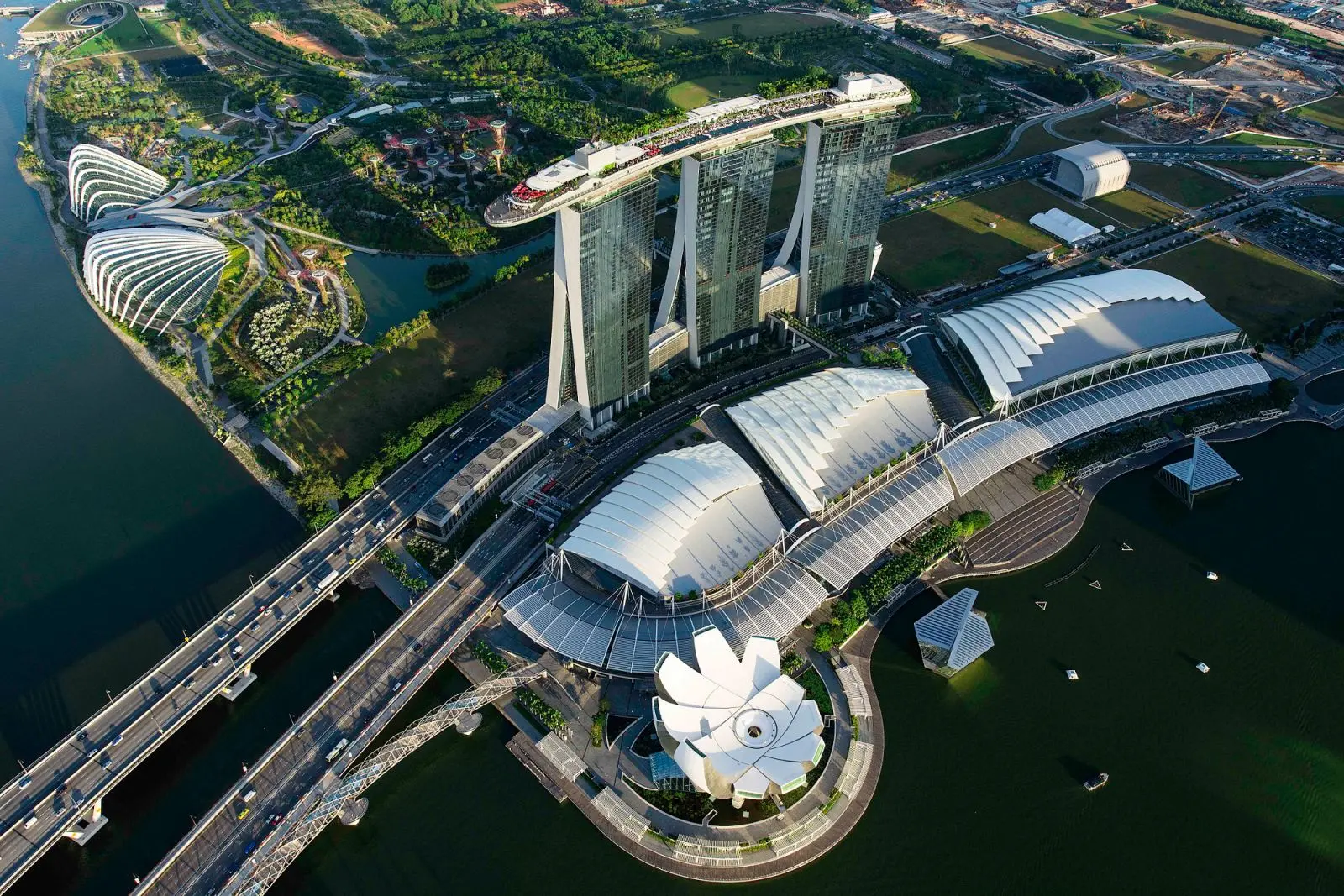China is the largest domestic and outbound travel market in the world and even though international visitors from China are a force too big to ignore, domestic traffic is far outstripping outbound traffic in the country. As a result, a growing number of players are seeking to effectively tap into this market.
In 2017, Chinese tourists made 2.8 billion trips within the country compared to 136.5 million outbound trips. The trend reflects in tourist spending, as total outbound tourist expenditure stood at $220.6bn, whereas domestic tourist expenditure registered $679.1bn in 2017, according to leading data and analytics company GlobalData.
Konstantina Boutsioukou, Tourism Analyst at GlobalData, says: “Domestic tourism in China is booming as a result of the growing middle class, as well as the government support and substantial investments in both tourist infrastructure and transportation links in the country, especially following the Olympic Games in Beijing in 2008.
“Similarly, the intensifying marketing campaigns of local destinations in recent years coupled with improved tourism offerings and services are also influencing Chinese people when it comes to choosing a holiday destination.”

Despite international travel becoming increasingly affordable, domestic trips usually remain relatively cheap and consumers still prefer to travel within the country. At the same time, security and language concerns coupled with jet lag are key reasons why Chinese people prefer ‘staycations’ over trips abroad.
Boutsioukou continues: “The majority of transportation in China, including highways, railways and airlines, is owned by state enterprises. As the Chinese population is becoming more affluent and domestic tourism expenditure grows, the Chinese government is benefitting from higher revenues.
“The government also manages most tourist attractions and historical sites, while Chinese residents book their trips through domestic providers. Therefore, the growing number of visitors coupled with the higher propensity to consume translates into higher revenues for the state – either directly through the purchase of attraction and transportation passes or indirectly by taxing domestic tourism businesses.”













